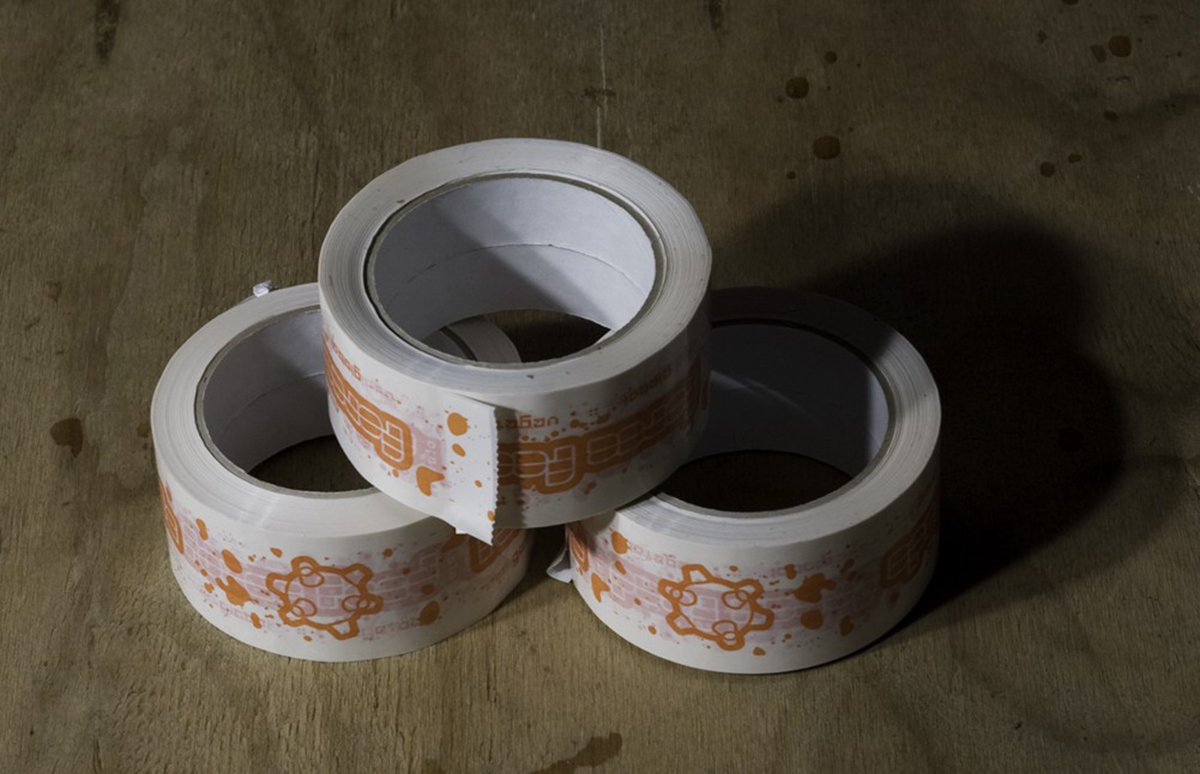Table of Contents
Duct Tape For Warts
Here's another odd remedy I tried at home, after reading about it on the internet. My two verrucas had survived liquid nitrogen treatment and a stream of over-the-counter remedies, and had been a feature of my feet for more than two decades. That sounds disgusting, I know! Thanks to duct tape, they are now gone.

The British National Health Service (NHS) recommends duct tape as a verruca treatment, making it a pretty legit treatment option. Nobody is quite sure why it works, though. The duct tape might cut the wart's air supply off, or the adhesive could be killing the virus, or it might trigger the immune system to attack the wart. Whatever the real answer is, this is one home remedy that definitely has huge potential. I "wore" duct tape on my foot soles for about five weeks before the verrucas were gone.
Flax Seed For Swelling
Flax seeds (also known as linseed) are really quite versatile. You might know that flax is a great remedy for constipation, but another thing they're good at is helping you reduce any swelling you mighty have in your body. Flax seeds contain lots of Omega-3 fatty acids, which are great for your general health. If you want to use them for skin inflammation or swelling, you will have to apply flax seed externally.
You can soak flax seed in hot water, drain them, and wrap them in a towel so you can apply your home-made compress to the swollen or inflamed area for as long as you want to. In addition, try rubbing flax seed oil directly onto the skin. Edema, mastitis, and even acne should improve with the aid of this simple home remedy.
Apple Cider Vinegar for Dandruff
Apple cider vinegar (ACV) is a natural remedy for dandruff. To use it, mix equal parts ACV and water and apply it to your scalp after shampooing. Massage it in, leave it for a few minutes, and then rinse thoroughly. ACV's acidity helps balance the scalp's pH, reducing dandruff-causing yeast growth and itchiness. Its antimicrobial properties may also combat fungal infections. It's important to dilute ACV to avoid irritation, and it may take time to see results.
Egg Socks To Reduce Fever
This one is going to sound really weird to people who haven't heard it before. Believe me when I say that using it in practice is even stranger — but that's not important, because it actually works. Parents of babies and small children tend to worry when their little ones develop a fever, and not just because of the fever itself but also because they are afraid to give over-the-counter fever reducers. That is with reason, as Aspirin can be very dangerous for young children. Tylenol is usually fine, but it's always good to consult your pediatrician first.
See Also: Do Dr. Oz's Nine Favorite Home Remedies Really Work?
You don't need to talk to your pediatrician before trying this natural fever reducer on your kids though, as it's perfectly harmless. You get a few egg whites and mix them up, then dip your child's socks in the mixture and put the socks on your kid. In my experience, a fever will come down very quickly after the socks go on! What makes this possible? Perhaps it's simply the fact that the socks are wet that brings the fever down, and the only added benefit of egg white is doesn't evaporate very quickly — or perhaps egg white has some actual fever-reducing properties. Whatever it is that brings the fever down, it will work for adults too. If, that is, they are brave enough to wear egg socks. Don't forget to take them off before you get up!
- Photo courtesy of Greg Gjerdingen by Flickr : www.flickr.com/photos/greggjerdingen/6170391893
- Photo courtesy of oz dean by Flickr : www.flickr.com/photos/forcefeed_swede/2629915425


Your thoughts on this